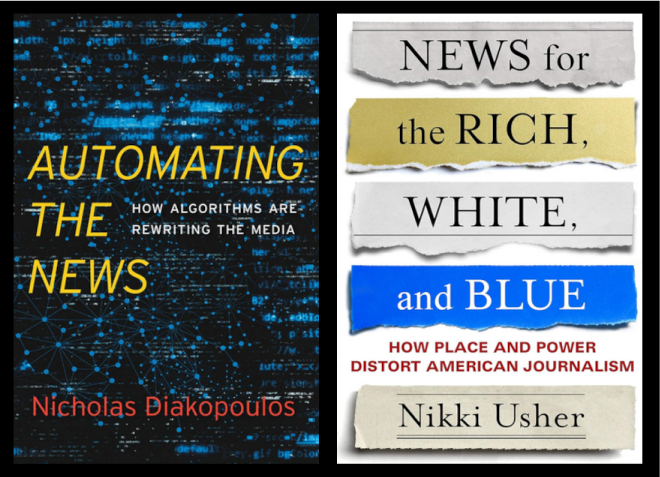Media Measures
What voters do is revealed at the ballot box—These are the facts of political research. What leads voters to think as they do is yet another area of research.
Across mainstream media, independent media, and social media, we seek a better understanding of the influences on public opinion and voting behavior.
The media landscape is continually changing. Political researchers and election forecasters need to understand the current media landscape.
Usher (2021) points to challenges facing journalism and traditional news media. Local newspapers are in decline. Large news outlets are controlled by the rich and powerful. There is a need for independent, nonpartisan media and investigative journalism. This is a exceptionally well-documented book about contemporary journalism.
Diakopoulos (2019) shows that much of the news we consume is automated—generated by news aggregators and algorithms. Developments in generative AI and large language models exasperates the problem.
Citizens, voters, and political scientists look for news sources that provide open, nonpartisan information. Credible sources like the Associated Press have been joined by information services such as Ground News and NewsGuard.
There is much to be learned about journalism and the media. For views about what to expect in 2025, see the Nieman Lab Predictions for Journalism, 2025.
References on Journalism and the Media #

Diakopoulos, Nicholas. 2019. Automating the News: How Algorithms Are Rewriting the Media. Cambridge, MA: Harvard University Press. [978-0190120788].
Usher, Nikki. 2021. News for the Rich, White, and Blue: How Place and Power Distort American Journalism. New York: Columbia University Press. [ISBN-13: 978-0231184670]
Go to Media Research.
Go to the home page of The Virtual Tout.